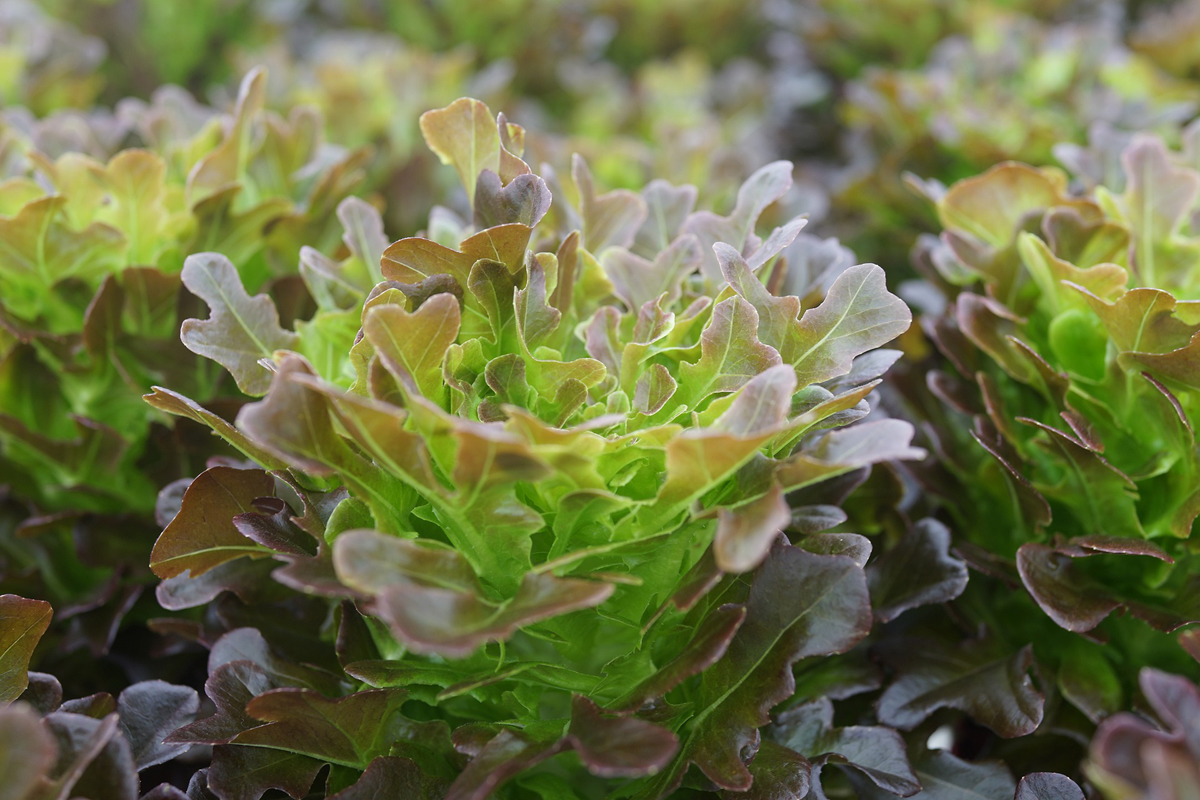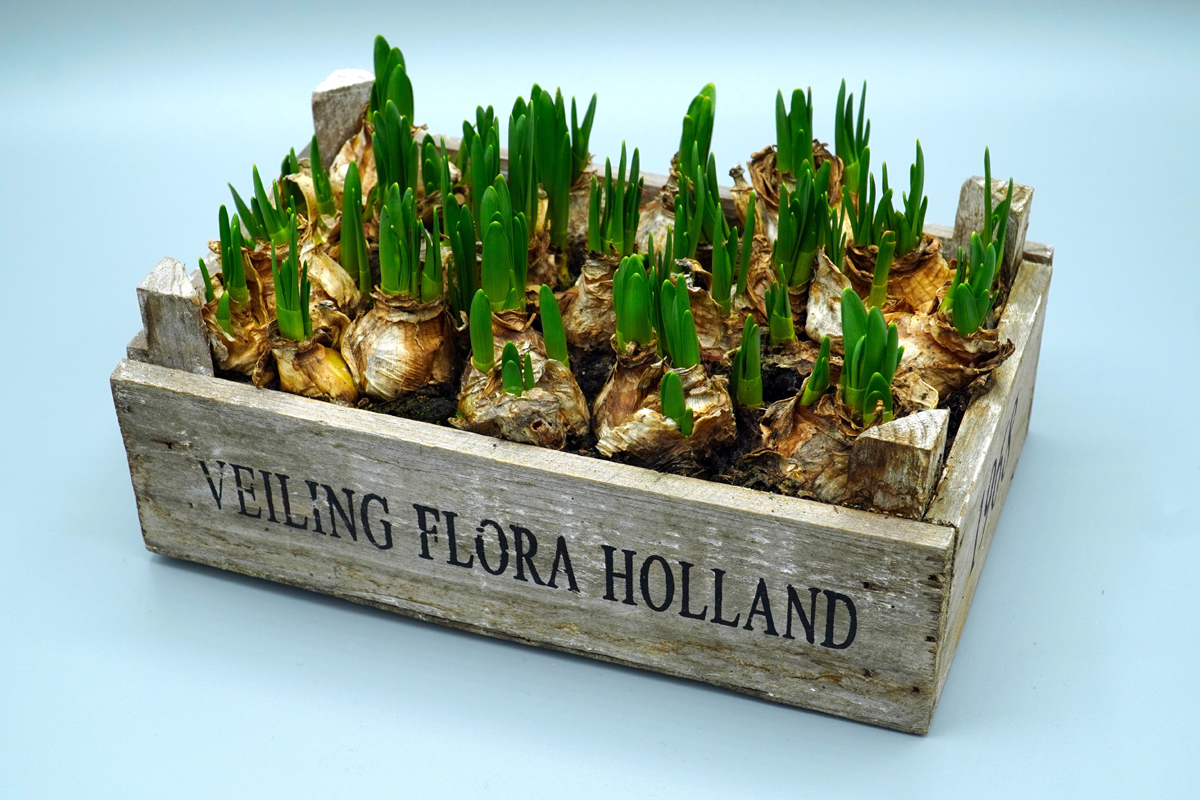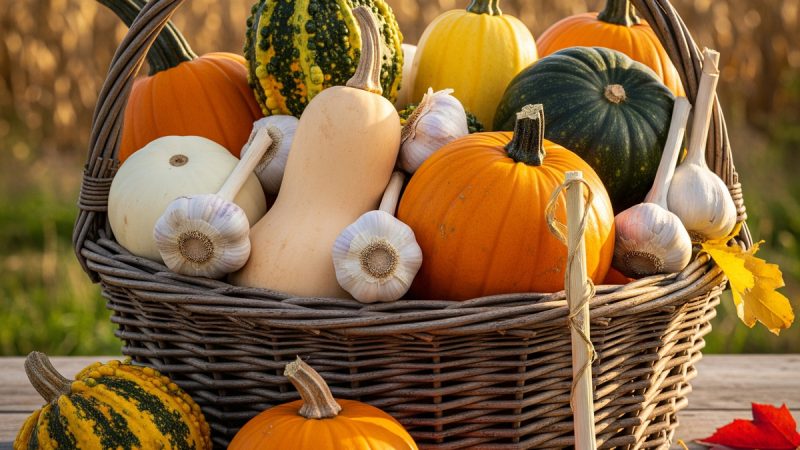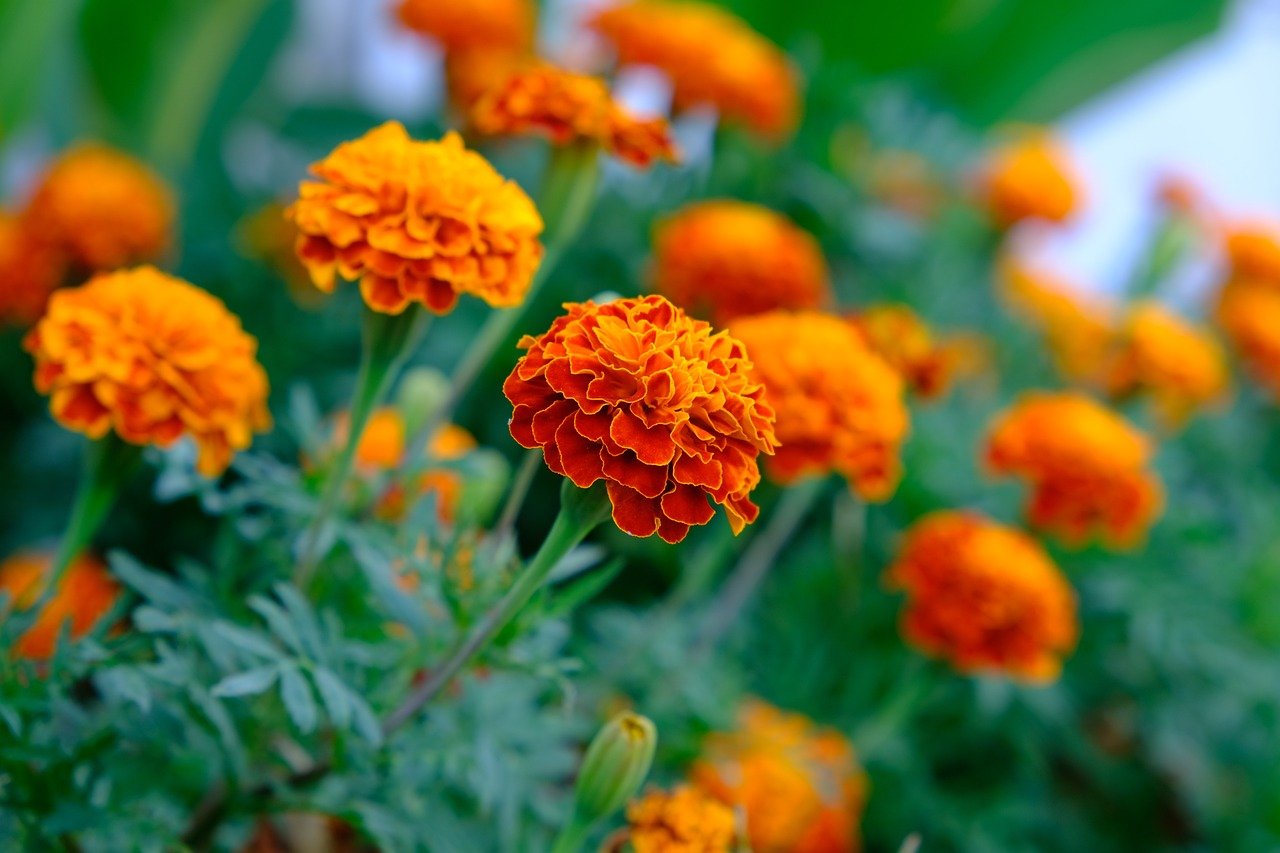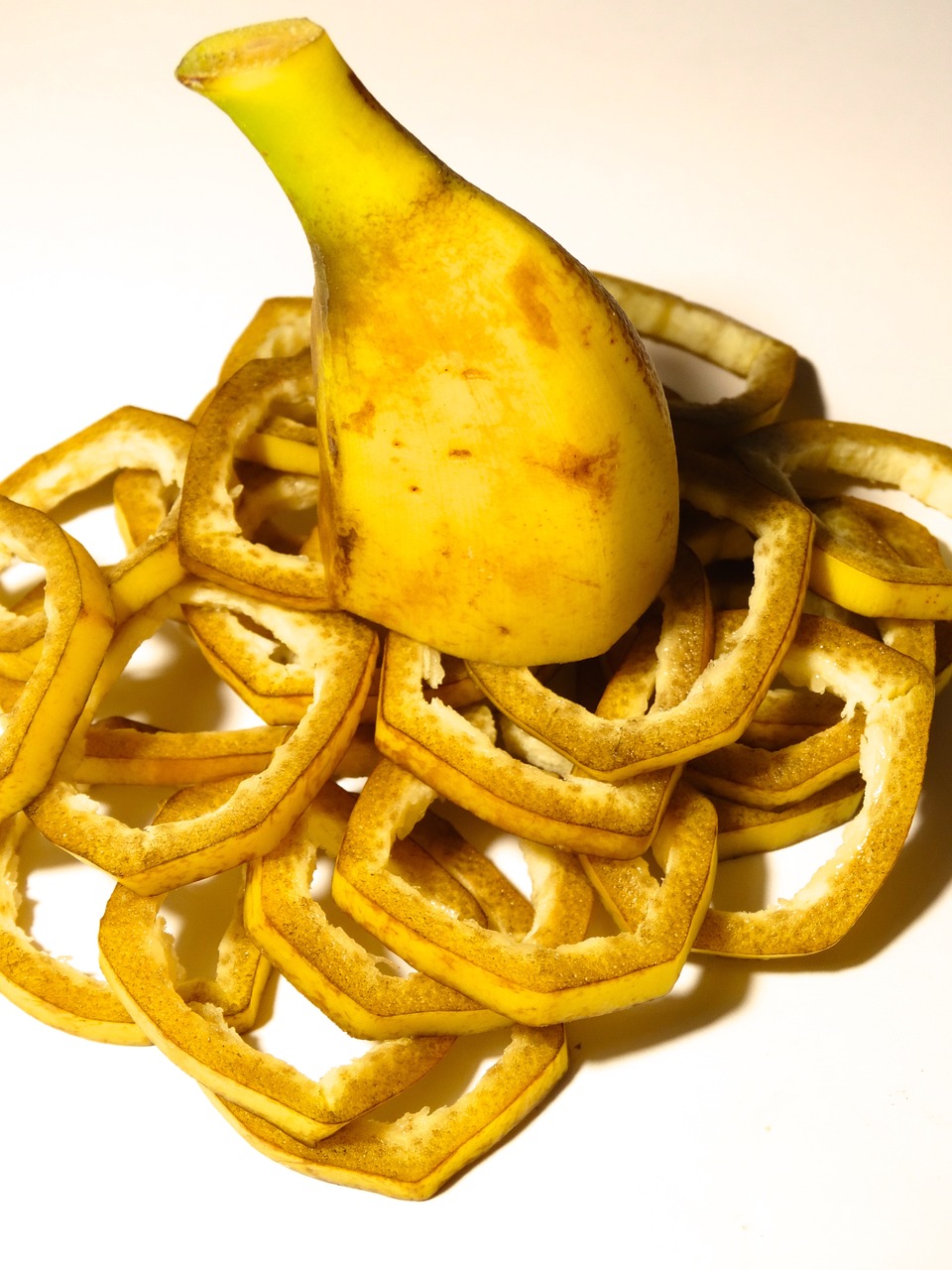Water Efficient Gardening – Xeriscaping
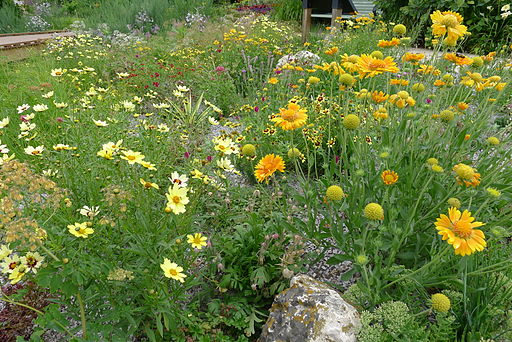
Step 1 – Soil Preparation
Before you begin to plant, be sure to prepare the soil to provide nutrients and moisture in order for the plants to thrive.
* Find out what type of soil you have and add appropriate organic materials, such as compost, peat moss, or manure.
* Mix compost or other organic material into the top 30 centimeters of soil.
Step 2 – Plant Choice
Choose drought resistant plants to lower maintenance and maximize water savings.
* Group plants according to their water requirements.
* Use grass only for well traveled areas or as a backdrop for flower beds.
* Vegetables require more water, therefore it is essential to use water efficient irrigation techniques.
* When planning your garden, pay attention to plant height, and to the season and colour of bloom.
→ How to Help Your Garden Survive a Drought
Step 3 – Mulch
Mulch is a soil cover that helps to control erosion, suppress weeds, retain moisture, moderate soil temperature and reduce disease transmission. Bark, wood chips, sawdust, compost, grass clippings, or crushed rock can all be used as mulch material.
* Spread the mulch of your choice in a layer about 10 cm deep over the surface area of the garden.
* Mulches of different colors and textures can enhance the appearance of your garden.
Step 4 – Irrigation
Proper irrigation techniques ensure that your garden receives adequate water while keeping in mind water efficiency.
Use soaker hoses or a drip irrigation system instead of sprinklers to reduce the amount of water lost to evaporation. It takes approximately one hour for a rose bush, and up to four hours for a mature tree.
* Always take into account the amount of rain your garden has received before watering it. Leave a measuring container out in hte garden to help assess how much rain falls each week.
* If watering is necessary, do it early in the morning.
* Avoid watering in the afternoon when water can be wasted to evaporation, and at night, during cool, mosit conditions, which create an ideal environment for lawn disease to develop.
* Rain water collected in a barrel for garden use is an excellent way to be water efficient.
Reduce the amount of asphalt or concrete around the garden to decrease run off and allow rain to soak into the ground.
→ Vegetables That Do Well in a Drought
Water Efficient Gardening Recommended Plants – Perennials – Annuals
Perennials
Achillea sp – Yarrow
Aegopodium sp. – Goutweed
Antennaria dioica – Pussytoes
Anthemis tinctoria – Golden Marguerite
Arabis sp – Rock cress
Armeria maritima – Common Thrift
Artemesia ludoviciana – Silver Mound
Asclepias tuberosa – Butterfly Milkweed
Aster sp. – Aster
Aubrieta deltoide – False rock-cress
Aurinia saxatilis – Basket-of-gold
Baptisia australis – False Indigo
Campanula poscharskyana – Serbian Bellflower
Centaurea montana – Perennial Cornflower
Cerastium tomentosa – Snow in summer
Coreopsis sp. – Coreopsis
Delosperma deschampsii – Livingstone
Daisy
Dianthus deltoides – Pinks/Carnation
Draba lasiocarpa – Whitlow Grass
Echinops sp. – Globe-thistle
Euphorbia epithymoides – Cusion Spurge
Erigeron compositus – Fleabane
Eryngium sp. – Sea Holly
Gaillardia sp. – Blanket-flower
Geranium sanguineum – Blood-Red Cranesbill
Geum triflorum – Geum
Gypsophila paniculata – Babysbreath
Helianthemum sp. – Sun Rose
Hemeracallis sp. – Daylily
Heuchera sanquinea – Coral Bells
Hosta sp. – Plantain Lily
Iberis sempervirens – Perennial Candytuft
Iris germanica – Bearded German Iris
Lavandula angustifolia – English Lavender
Leontopodium sp. – Edelweiss
Liatris punctata – Gay-Feather
Limonium latifolium – Sea Lavender, Sea Pink
Linum perenne – Blue Flax
Lychnis chalcedonica – Maltese Cross
Lychnis sp. – Catchfly or Campion
Malvastrum coccineum – Sweet Mallow
Mamillaria vivpara – Pink Cushion/Ball Cactus
Monarda fistulosa – Beebalm/Bergamot
Oenothera sp. – Evening Primrose/Sundrop
Opuntia sp. – Hardy prickly pear
Papaver orientale – Oriental Poppy
Penstemon sp. – Beard tongue
Phlox subulata – Dwarf (moss) Phlox
Rudbeckia sp. – Black-eyed Susans
Santolina chamaecyparissus – Lavender cotton
Saponaria ocymoides – Rock Soapwort
Scillia sp. – Bulbs
Sedum sp. – Stone Crop to Autumn Joy
Sempervivum sp. – Hens and Chicks
Seline vulgaris maritima – Pink Sea Campion
Solidago sp. – Goldenrod
Stachys bysantina – Lamb’s Ears
Thymus sp. – Thyme
Yucca filamentosa – Adam’s Needle/Spanish Bayonet
Annuals
Catharanthus roseus – Madagascar Periwinkle
Cleome spinosa – Spider Flower
Eschscholzia californica – California Poppy
Gazinia rigens
Helianthus annuus – Sunflower
Kochia scoparia – Summer Cypress
Matricaria recutita – Chamomile
Petunia X hybrida
Portulaca grandiflora – Portulaca
Senecio cineraria – Dusty Miller
The Author:
Regional Municipality of Ottawa-Carleton

